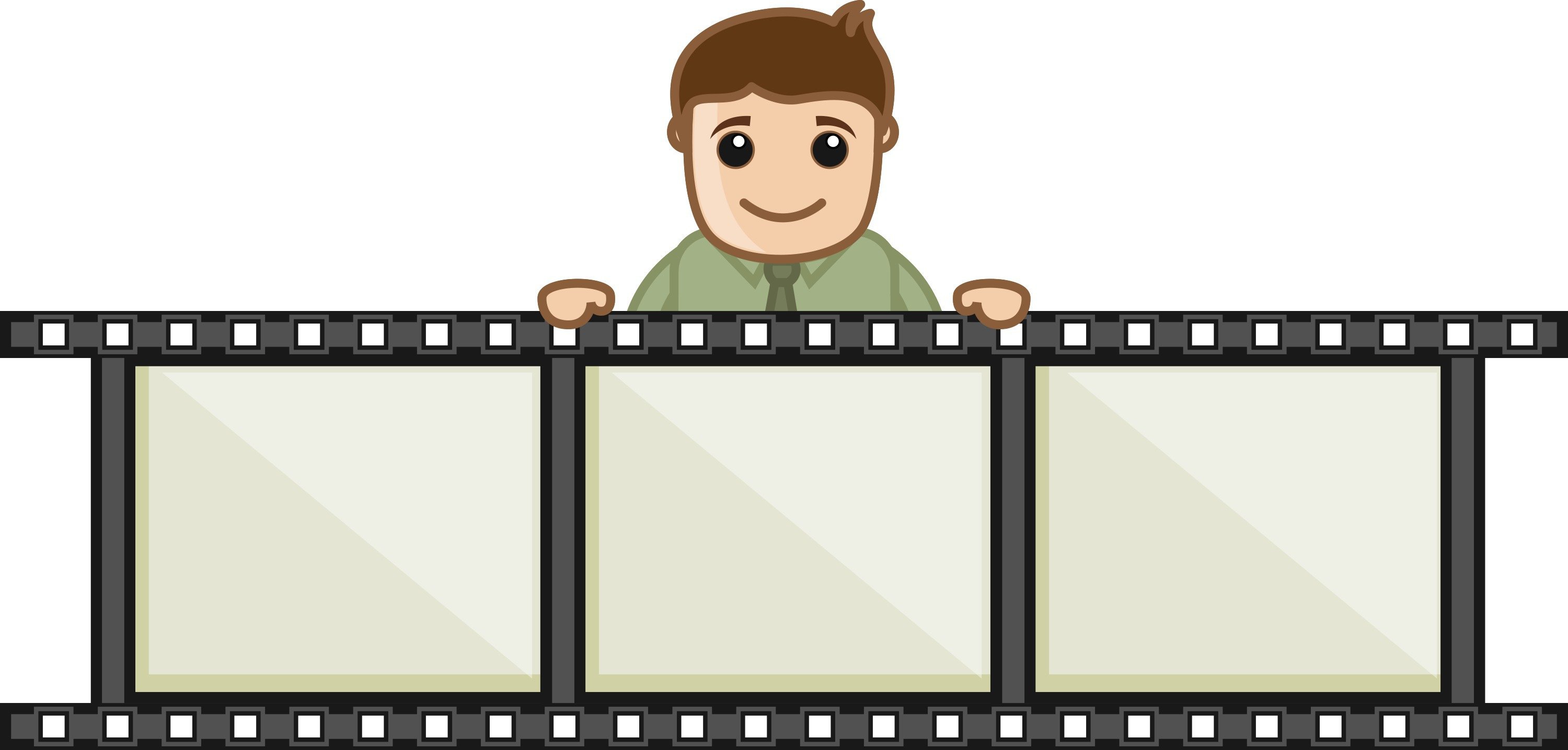What is: Video Editing?
SWIPE – BAM – FWISHH!! The sounds of film editing echo out through the corridors of time. Believe it or not, movies (which were shot on film) used to be stitched together physically, using scissors and what looked like large, deconstructed tape decks. This was the process of video editing.
Nowadays, editing is much easier, as we handle everything digitally. And, as with most tasks in filmmaking, video editing is a broad category that describes a small piece of the Post-Production process.
As video professionals, we think it’s important that you grasp what it is we actually do. To help you better understand all the facets of video production, we’re doing a brief blog series on some of its core tenets.
We hope this will enable you to (1) know what goes into video production and (2) communicate well with those who make videos. Keep in mind, however, that this is an overview. We’ll be skipping many things – even entire roles that are crucial to the production process.

Now, then, let’s discuss the role of a video editor.
The Editing Process
Before movies existed, people were writing books to tell stories (and they still are). Part of the process included “editing” the book – that is, refining one’s writing and smoothing out hiccups in the manuscript. This could be as simple as cleaning up errors in prose or as complex as removing entire chapters or characters.
Either way, it was all in service of polishing the way the story was told.

Similarly, film and video editing follows this approach. Once all the footage is imported and organized, an editor creates “rough cuts” of the final product, refining and tweaking the edit along the way. This process could be extreme, removing huge amounts of footage, or simple – i.e. adding small flourishes.
Either way, video editing produces and assembles several drafts, continuously refining the video up until the final product. Realistically, the video is never “done,” just polished as much as possible before the deadline. And all of this is in service of creating an excellent product that communicates well.
The Facets of Editing
In the editing process, there are several different tasks that need to be done. Depending on the size of one’s organization, these roles could be completed by many different people or just one. As a smaller agency, our videos are usually edited by one or two people.
Besides importing, organizing, and cleaning footage, editors can mess with the sequencing, timing, audio, visual effects, animation, or color of a video. Video & film editing is as much an art as a science – the same way that writing music is.
Building A Good Edit
One of the most important pieces of video editing is setting up good pacing. Although footage may have been shot in such a way as to make a slow scene, editors can use the same footage to create a fast-paced thriller. Having the freedom to change dialogue clips, add pauses, or create jokes where there originally weren’t any allows an editor the ability to majorly manipulate a video.
Good video editors know that pacing is the most important part of a video. In terms of importance, we have (1) pacing, then (2) sound, then (3) picture. If neither your audio nor video quality is great, but you have good pacing, viewers are likely to forgive. However, if you have stunning sound and amazing visuals, but the pacing is bad, viewers will walk away with a bad impression.
Pacing, sound, picture. In that order.
The Optional Tasks of an Editor
After building the entire film or video into a sequence and “rough cut,” video editors may also have the opportunity to edit audio. Although this is sometimes handled by an audio professional, editors – at the very least – tend to smooth out their sound. They may also do some simple animation work on whatever needs to move.
Editors can also handle visual effects, but all three of these topics are covered in other articles. Once again, depending on the size of their organization, these roles may be handled by different people.
Finally, a video editor may also participate in color grading; that is, optimizing the appearance of the video for different devices. Editors or colorists do this through tweaking items like contrast, hue, saturation, black point, etc. At the very least, a color grade pulls color out of the footage and gives it a distinct look and feel.
How Video Editors Think
Editors do a lot to build out the final product. It’s often said that an edit can “make or break” a film or video, so there’s lots to keep in mind.
That said, editors are looking for ways to make the footage come alive. Whatever they can get their hands on to accomplish this purpose, they will. Whether this means adding awkward pauses or strange sound effects to a comedy video, editors want to communicate your video’s message clearly & concisely.

In speaking with a video editor, you’ll not only want to give them freedom to do their craft, but also a clear vision for your final product. If you don’t know what you’re looking for, you’re typically bound for disappointment.
Want a viewer to feel sentimental after watching your video? Be sure your editor understands that! Even something as simple as a general feeling is helpful for a video editor to capitalize on.
Overall, video editors are a resilient bunch with the power to make your video shine. Communicate clearly and let them do their magic.
After all, video editing is a large piece of the process of video making. There’s tons that an editor can do with footage, and they have the power to make your video stand out.
Allow an editor freedom to work, but make sure that they know what you want out of your video. When you do that, you’re likely to end up with a great final product!
